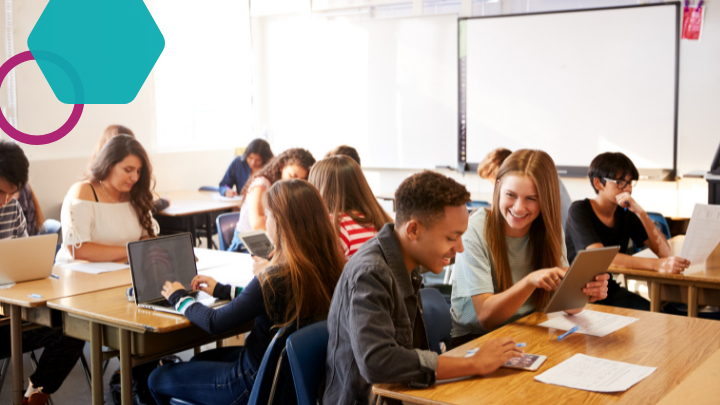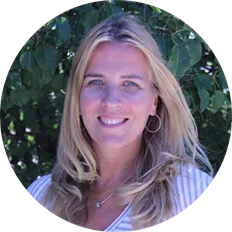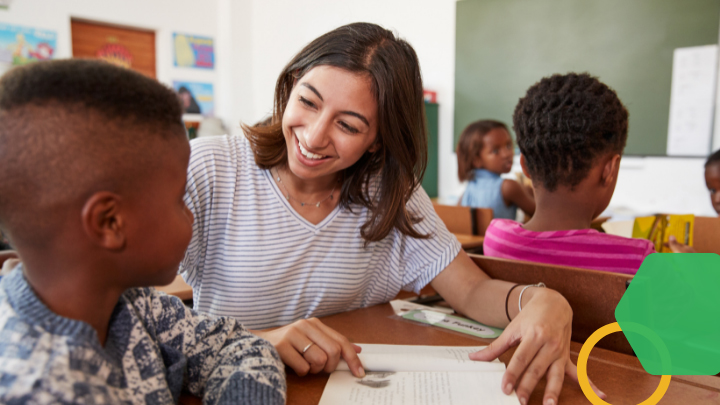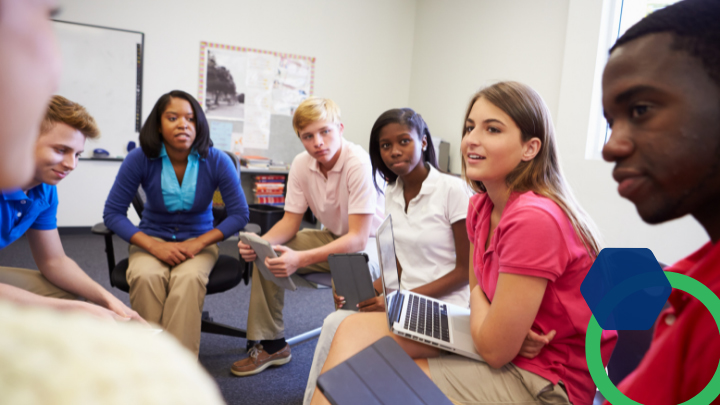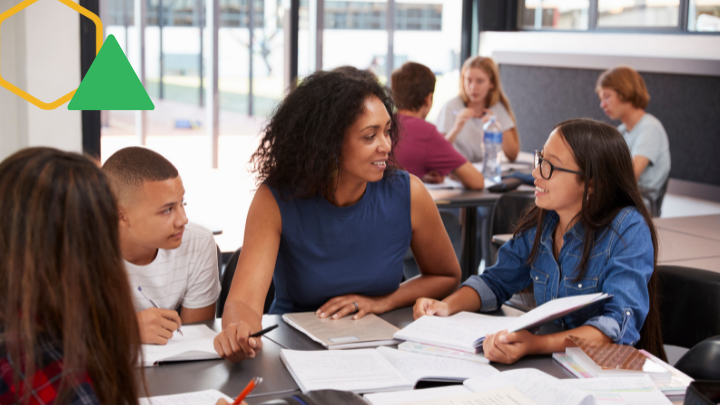With the challenges facing educators today, including virtual instruction, hybrid classrooms, high absenteeism, and teacher shortages, teachers have done what they can to keep students learning while supporting them in their social-emotional growth. But summer can be a top contributor to learning loss. Small actionable steps made this spring can positively impact the future of our students. As we approach this final quarter of the school year, let’s shift our focus to the future and prevent any additional summer learning loss.
Addressing learning loss and unfinished learning requires an instructional approach that prioritizes making grade level content accessible to all students by using differentiated, targeted supports embedded into the instruction.
In my classroom I use a variety of strategies to remediate learning by differentiating instruction and providing personalized, target supports to meet the needs of all students. Although there are an abundance of resources out there, here are three strategies that I use to analyze data, engage with students, and develop flexible systems to prepare for spring and summer learning loss. These are three strategies that I have used individually and in tandem with one another over the past year.
Fill in the Gaps
Purpose: This is a strategy that is designed to review assessment data and set goals for improvement and can be used with any grade level.
Using the strategy: I have utilized this strategy many times with my high school students where prior to (or after) an assessment, I have students review their own work. They look for patterns in where they struggled and develop a plan on how to master the topic. I offer ideas for the plan including videos (including YouTube, Khan Academy, self-made, or other), practice sites (IXL, Savvas, etc.) or teacher-created practice problems aligned to the topic. Students work through their planning feeling a sense of ownership as they check off the boxes and move towards their goal. This strategy supports students with the unfinished learning within a unit but I also use it as preparation for summer work or end-of-year goals. Students work through a practice end of course assessment to check for learning gaps and develop plans accordingly.
Where to find it: View the strategy here on the BetterLesson Lab to see additional resources including self assessment analysis forms and work plan template.
Spiraled Weekly Formative Assessment and Remediation
Purpose: This is a strategy that can be immediately implemented to support students with both learning loss and unfinished learning.
Using the strategy: In this strategy, you will spiral weekly formative assessments so that students are able to revisit, practice, and quickly remediate content that they have already learned. By revisiting topics that have been taught in the past, you will be able to track students’ progress and growth using the data from regular formative assessments. By spiraling the material into current formative assessments, students are able to practice, reinforce, or master content that they have learned throughout the year.
An extension that I have added to this strategy in my high school course is adding in a spiral review station to any station rotation activity. If students are working on stations around types of energy in my 9th grade physical science course, I will add one additional kinematics station to review these topics. This allows the students to practice skills that they previously learned and supports students with any learning loss.
Where to find it: View the strategy here on the BetterLesson Lab to see additional resources including a math example incorporating a spiral review.
Hyperdoc Pathway to Mastery
Purpose: This is a strategy that can be used for a variety of purposes but can support all students with learning loss and unfinished learning.
Using the strategy: Hyperdoc pathway to mastery gives the students ownership of the pace and of standards they need to master. This strategy works best in a competency-based progression so students can reach a point of awareness of specific competencies or standards that they have already mastered and that they have yet to master. Students work at their own pace or a small group to master competencies. The teacher can provide students with playlists or other hyperdocs to support students as they progress through the content. This strategy can support students with unfinished learning or learning loss by working in tandem with the Fill in the Gaps strategy. Depending on the students’ needs, the hyperdoc can be one (or more) of the assignments that students can work through as they fill in their gaps. This can also be used in the summer to support students with lessening the “summer slide.”
Where to find it: View the strategy here on the BetterLesson Lab to see additional resources including templates and pacing calendars.
Offering grace and providing additional learning times and options can support students close any academic gaps. As you think about your students and the individual needs that they have, I challenge you to try one new strategy in your classroom. Once you implement the strategy, measure the success and growth areas of the strategy by reflecting on the effectiveness.
To learn more and gain additional support on how you can support your students with unfinished learning and minimizing learning loss, explore the resources in our BetterLesson Lab or reach out to BetterLesson to learn more.
